Long skis or short skis? Here's the quick answer:
- Long skis (180+ cm): Offer more stability at high speeds, better edge grip, and are ideal for wide slopes and powder.
- Short skis (<160 cm): Easier to control, more maneuverable, and better for beginners, varied terrain, and tight spaces like moguls or parks.
Key Differences:
- Control: Long skis are stable at high speeds, while short skis are agile and easier to manage.
- Speed: Long skis excel in carving and float in powder, but short skis allow quicker turns and better handling on icy or uneven terrain.
- Learning Curve: Short skis are beginner-friendly; long skis require more skill and effort.
- Storage & Transport: Short skis are compact and easier to store or carry, while long skis need more space and special racks or bags.
Quick Comparison:
| Aspect | Long Skis (180+ cm) | Short Skis (<160 cm) |
|---|---|---|
| Stability | Excellent at high speeds | Better at slower speeds |
| Maneuverability | Requires more effort | Quick and easy to handle |
| Learning Curve | Challenging for beginners | Easier for beginners |
| Terrain Fit | Best for powder, wide slopes | Great for parks, moguls, varied terrain |
| Storage | Needs more space | Compact and travel-friendly |
Bottom Line: Your choice depends on your skill level, terrain preference, and convenience needs. Beginners and park enthusiasts may prefer short skis, while advanced skiers tackling powder or speed runs might lean toward long skis.
Short Vs Long Skis - The REAL Difference
Ski Length and Control: How Size Affects Movement
Ski length plays a big role in how you control your movements on the slopes. Longer skis (typically 180 cm or more) provide better stability and grip at higher speeds, while shorter skis are easier to maneuver and handle at slower speeds. Let’s break down how ski length impacts control and movement across different terrains.
"At speed, longer skis are easier to control and the turns are less sharp and so less likely to throw you off balance. At lower speeds, shorter skis are generally easier to control." [2]
Longer skis are ideal for smooth, wide turns and offer excellent edge grip, making them great for carving at high speeds. On the other hand, shorter skis excel in tighter spaces. The Snowfeet Team highlights their advantages:
"Short skis are highly maneuverable, making them perfect for navigating tight spaces such as moguls or terrain parks. They are easy to turn which helps to navigate through tricky terrain with confidence." [1]
Here’s a quick comparison of how ski length affects key control aspects:
| Control Aspect | Long Skis (180 cm+) | Short Skis (<160 cm) |
|---|---|---|
| Turn Initiation | Requires more effort | Quick and responsive |
| Edge Control | Strong grip at speed | Better at lower speeds |
| Terrain Adaptability | Best for open slopes | Great in tight spaces |
| Balance Requirements | More demanding | Easier to manage |
| Response Time | Slower transitions | Faster direction changes |
For most recreational skiers, choosing skis that fall between chin and head height is a good rule of thumb for maintaining control [2].
"When it comes to the ride itself, short skis are more maneuverable and easier to turn, which can be great for beginners or skiers who prefer a more playful, freestyle skiing style. Shorter skis are also typically lighter and require less effort to control, which can be less tiring for the skier." [1]
The type of terrain you prefer also plays a major role in selecting ski length. Longer skis shine on open bowls and off-piste areas, offering stability and smoother rides for aggressive skiers. Shorter skis, however, are perfect for tree runs and terrain parks, where quick, precise turns are essential. If you’re after dynamic and playful skiing, shorter skis might be your go-to choice.
Understanding these factors helps set the stage for exploring how ski length impacts speed and balance on different slopes.
Speed and Balance on Different Slopes
Ski length plays a key role in how you handle speed and balance across different terrains. Knowing how various ski lengths perform can help you align your choice with your skiing style and goals. Let’s break down how these differences appear on different slopes.
Speed Performance on Different Terrains
The relationship between ski length and speed shifts depending on the type of slope:
| Terrain Type | Long Skis (170 cm+) | Short Skis (<160 cm) |
|---|---|---|
| Groomed Slopes | Stable at high speeds | Better control with sharper turns |
| Powder Snow | Great float and smooth glide | Easier to maneuver |
| Icy Surfaces | Strong edge grip | Quicker edge-to-edge transitions |
| Moguls | Slower response | Agile, quick movements |
| Uneven Terrain | Stable at higher speeds | More responsive to changes |
"Long skis offer stability at high speeds and enhanced grip on hard snow. Simply put, the longer board, the more stability you have. However, you lose the fun and playfulness of keeping the front-back balance." [1]
- Snowfeet Team
Balance Considerations
Short skis, like those from Snowfeet, strike a balance between stability and agility. This makes them a popular choice for recreational skiers who want versatility across different terrains.
Speed Management
The balance dynamics of ski length directly affect speed control. Short skis allow for quick, frequent turns thanks to their agility, making them ideal for situations that demand fast directional changes.
Terrain-Specific Performance
Long skis shine when carving at high speeds on groomed runs, providing excellent stability. On the other hand, short skis excel in varied conditions where quick adjustments are necessary.
"For the purpose of recreational skiing, short skis are a better choice. They are easier to pack and carry around, you can choose what footwear you prefer, and finally, they are easy to ride, so you will not finish all drained up." [1]
- Snowfeet Team
These comparisons provide a solid foundation for choosing the right ski length based on your skiing needs and preferences.
sbb-itb-17ade95
Size and Storage: Practical Considerations
When deciding on ski lengths, it's essential to think about storage and transportation needs. Here's how different ski lengths can impact your day-to-day convenience.
Storage Space Requirements
The size of your skis can make a big difference in how and where you store them. Here's a comparison:
| Ski Type | Length | Storage Space Needed | Transportation Method |
|---|---|---|---|
| Traditional Long Skis | 170+ cm (67"+) | Needs full-length ski rack or dedicated storage space | Roof rack or specialized ski bag |
| Short Skis | 120 cm (47"+) | Fits in a standard closet or under a bed | Standard travel bag |
| Skiblades (Snowfeet) | 65–99 cm (26"–39"+) | Requires minimal space; compact | Backpack or carry-on |
| Skiskates (Snowfeet) | 44 cm (17"+) | Extremely compact | Fits in a small backpack |
Transportation Considerations
Transporting skis can be tricky, especially with traditional long skis. They often require roof racks or special carriers, making them less convenient for travel. On the other hand, shorter skis are much easier to handle and pack, fitting into regular luggage or even a backpack.
Storage Solutions and Living Space
Shorter skis are a great option for skiers with limited space. They work well in tight living quarters, like apartments, fitting into closets or under beds. Long skis (170+ cm), however, need more room, often requiring wall mounts or dedicated storage areas.
Travel Convenience
For frequent travelers, shorter skis are a clear winner. Long skis often come with additional hassles, like special handling requirements or extra fees. In contrast, compact options like 99 cm skiblades can easily fit into standard luggage, making them a breeze to take on trips.
Shorter skis not only save space but are also lighter and easier to move around. These practical advantages make them an appealing choice for skiers looking for convenience without giving up performance. Up next, we'll dive into how these options perform on the slopes.
Key Benefits and Limitations
When choosing ski lengths, focus on how they affect performance, comfort, and terrain suitability. These factors tie into earlier discussions about control and speed, helping you make a well-rounded decision.
Performance Benefits
Longer skis (170+ cm) are known for their stability at high speeds, better grip on hard-packed snow, and improved floatation in powder [3]. Their additional weight also helps you handle choppy snow more effectively.
Advantages of Shorter Skis
Shorter skis are easier to control and maneuver, making them ideal for activities like terrain park tricks and freestyle skiing [1].
| Aspect | Long Skis (170+ cm) | Short Skis (<160 cm) |
|---|---|---|
| Speed Stability | Excellent | Good for controlled speeds |
| Maneuverability | Requires more effort | Highly maneuverable |
| Learning Curve | Steeper | Gentler |
| Effort | More demanding | Less fatiguing |
| Terrain Versatility | Best for open runs | Great for varied terrain |
Physical Demands and Comfort
Comfort plays a big role in your skiing experience. Shorter skis are lighter, which reduces fatigue and makes them more comfortable for long days on the slopes.
Skill Level Considerations
Ski length also affects the energy and skill required. Advanced skiers often lean toward longer skis for high-speed descents and powder, while many experienced riders prefer shorter skis for specific terrains like moguls or tree skiing.
Terrain Suitability
Long skis shine on open runs and deep powder, but shorter skis are more versatile, excelling in:
- Mogul fields
- Terrain parks
- Groomed runs
- Tree skiing
- Resort skiing
Performance Trade-offs
Long skis provide unmatched stability at high speeds but lack the agility and flexibility of shorter options. Modern short skis aim to balance stability and maneuverability, making them a great choice for most recreational skiers. Keep your preferred style and terrain in mind as you weigh these options for your final decision.
Making Your Choice
Choosing the right ski length depends on your skill level, personal goals, and the type of terrain you prefer. Short skis are ideal for resort runs, parks, and tree-lined trails, while longer skis cater to high-speed descents and more challenging terrain.
For Beginners and Intermediate Skiers
Short skis, typically under 160 cm, are a great option for those just starting out. They offer better control and are easier to maneuver, which helps new skiers build confidence and master basic techniques. The Snowfeet 120 cm Freedom skis are a solid choice, providing a blend of stability and ease of use that supports progression from beginner to intermediate levels.
For Advanced Riders
Experienced skiers aiming for high-speed runs or tackling ungroomed terrain might prefer traditional long skis (170+ cm) for their stability and grip. However, shorter options like the 99 cm Snowfeet skiboards are gaining popularity among advanced riders. These shorter skis offer excellent maneuverability without compromising on stability, making them a versatile choice for skilled skiers.
Here’s a quick comparison of ski options and their benefits:
| Skiing Goal | Recommended Choice | Key Benefits |
|---|---|---|
| Learning fundamentals | Short skis (<160 cm) | Easy control and forgiving design |
| Freestyle/terrain park | 65–99 cm skiblades | Quick transitions and dynamic moves |
| All-mountain versatility | 120 cm Freedom skis | Balance of stability and agility |
| High-speed carving | Traditional long skis | Maximum stability and grip |
"For the purpose of recreational skiing, short skis are a better choice. They are easier to pack, allow flexible footwear choices, and reduce fatigue." - Snowfeet Team
Don't forget to consider storage and transport needs. Modern short skis now compete closely with long skis in terms of performance, while offering added convenience and a more forgiving learning curve. By combining these insights with your skiing goals, you can confidently choose the skis that match your style and needs.
FAQs
How can I choose the right ski length based on my skill level and terrain preferences?
Choosing the right ski length depends on your skill level, preferred terrain, and the type of skiing you enjoy. Beginners often benefit from shorter skis, which are easier to control and more forgiving, making them ideal for learning. On the other hand, advanced skiers may prefer longer skis for added stability at higher speeds and better performance on steep or challenging terrain.
Your height and weight also play a role in selecting the right length. A general rule of thumb is to choose skis that reach somewhere between your chin and the top of your head, but this can vary depending on your goals. For precise guidance, consult a professional at a ski shop who can help tailor the fit to your needs and preferences.
Why are short skis a great choice for recreational skiers?
Short skis are an excellent option for recreational skiers because they are easier to control, making them ideal for beginners or those looking to build confidence on the slopes. Their shorter length enhances maneuverability, allowing for quick turns and smoother navigation in tight areas like moguls or terrain parks.
Additionally, short skis provide a more playful and dynamic skiing experience, which many skiers find fun and engaging. They also require less effort to handle, making them a practical and enjoyable choice for casual skiing adventures.
How does the length of skis affect their portability for frequent travelers?
Shorter skis are significantly more portable, making them a great choice for travelers who need to pack light or navigate tight spaces. Their compact size allows for easier storage in cars, closets, or overhead compartments, and they’re less cumbersome to carry through airports or ski resorts. This convenience can be a game-changer for anyone on the go during ski season.

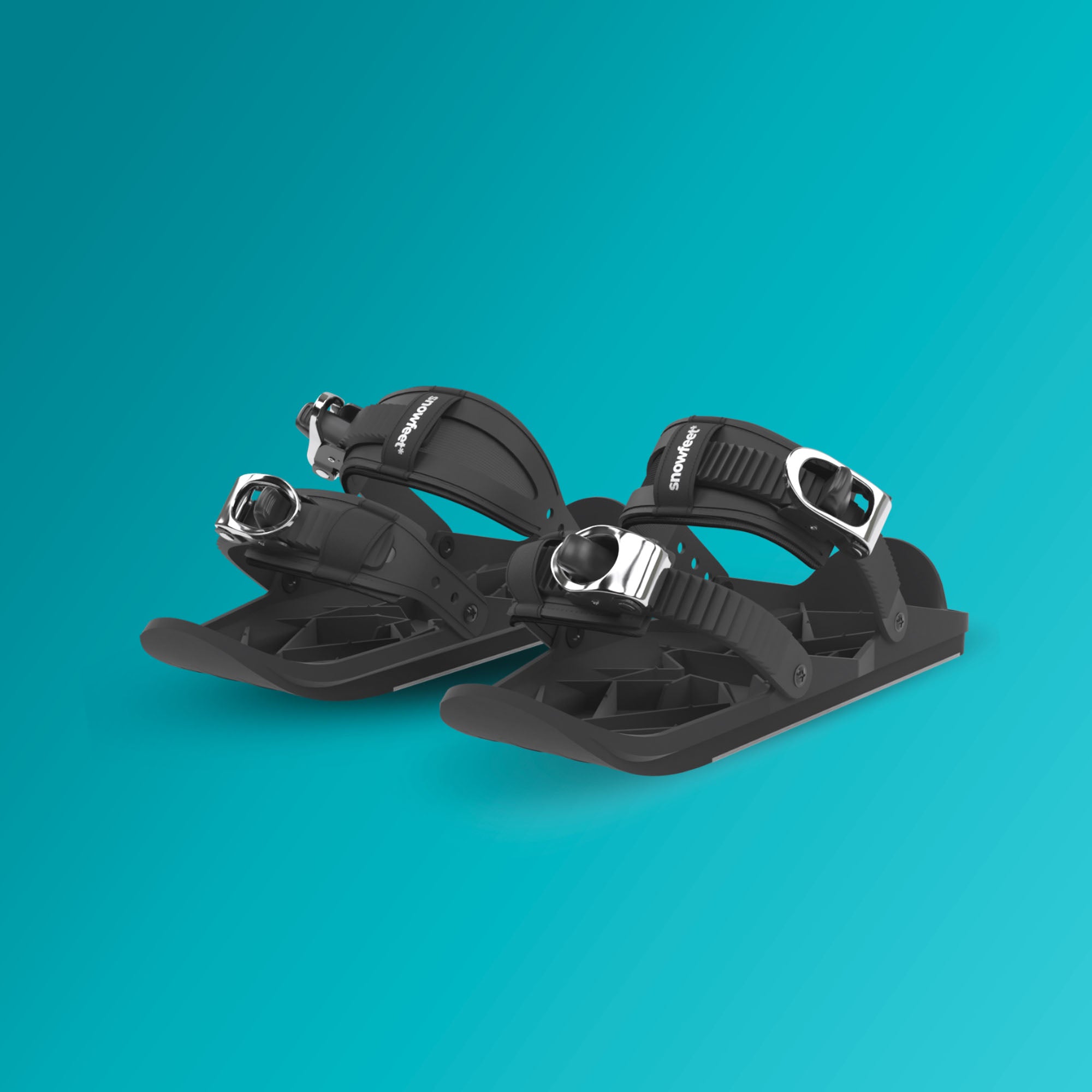


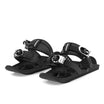
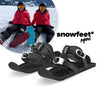

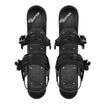


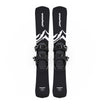
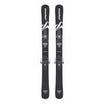
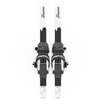
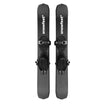
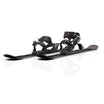
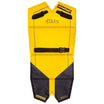

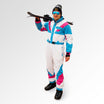
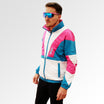
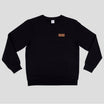
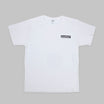
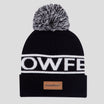
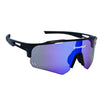
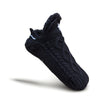

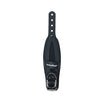
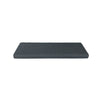
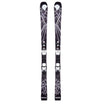




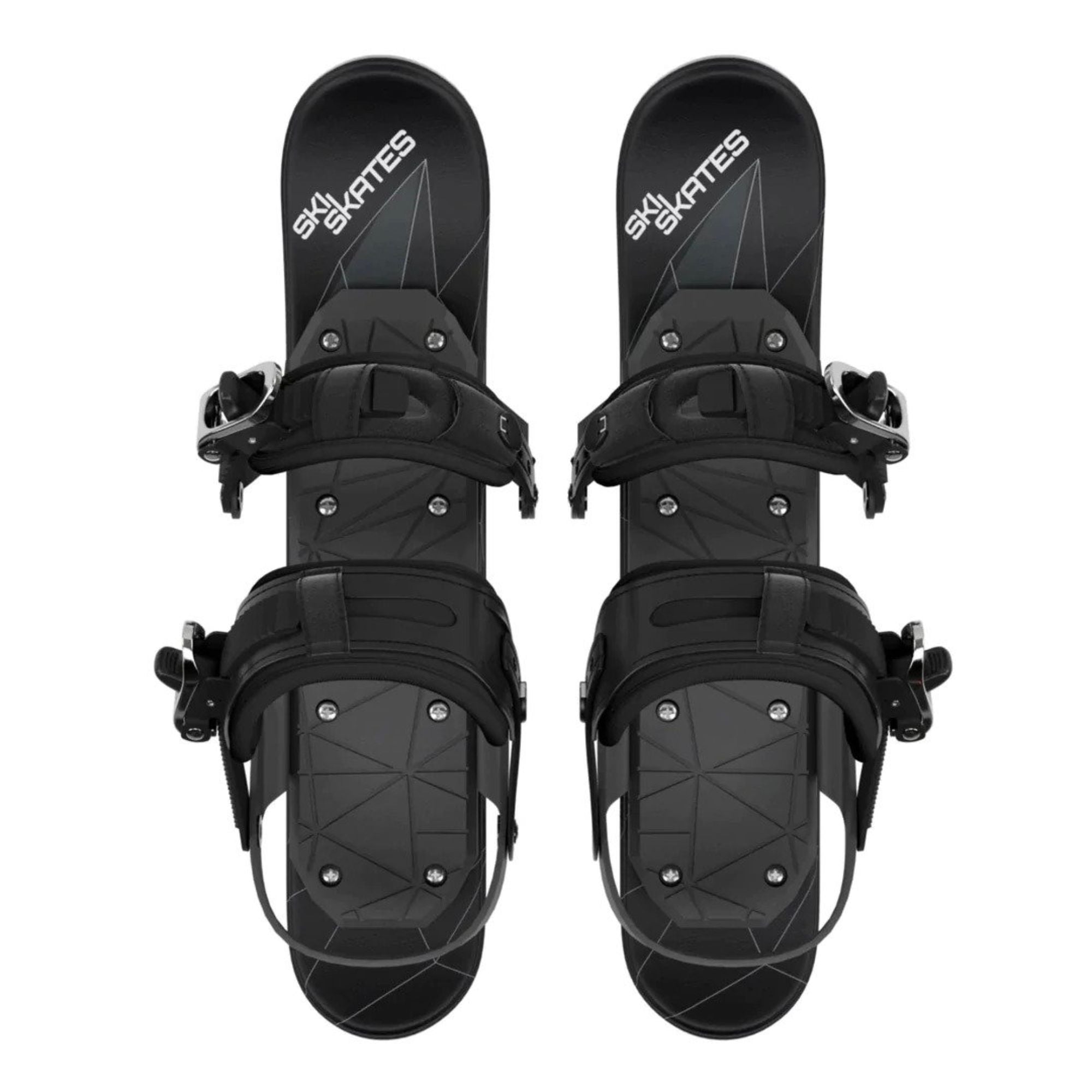
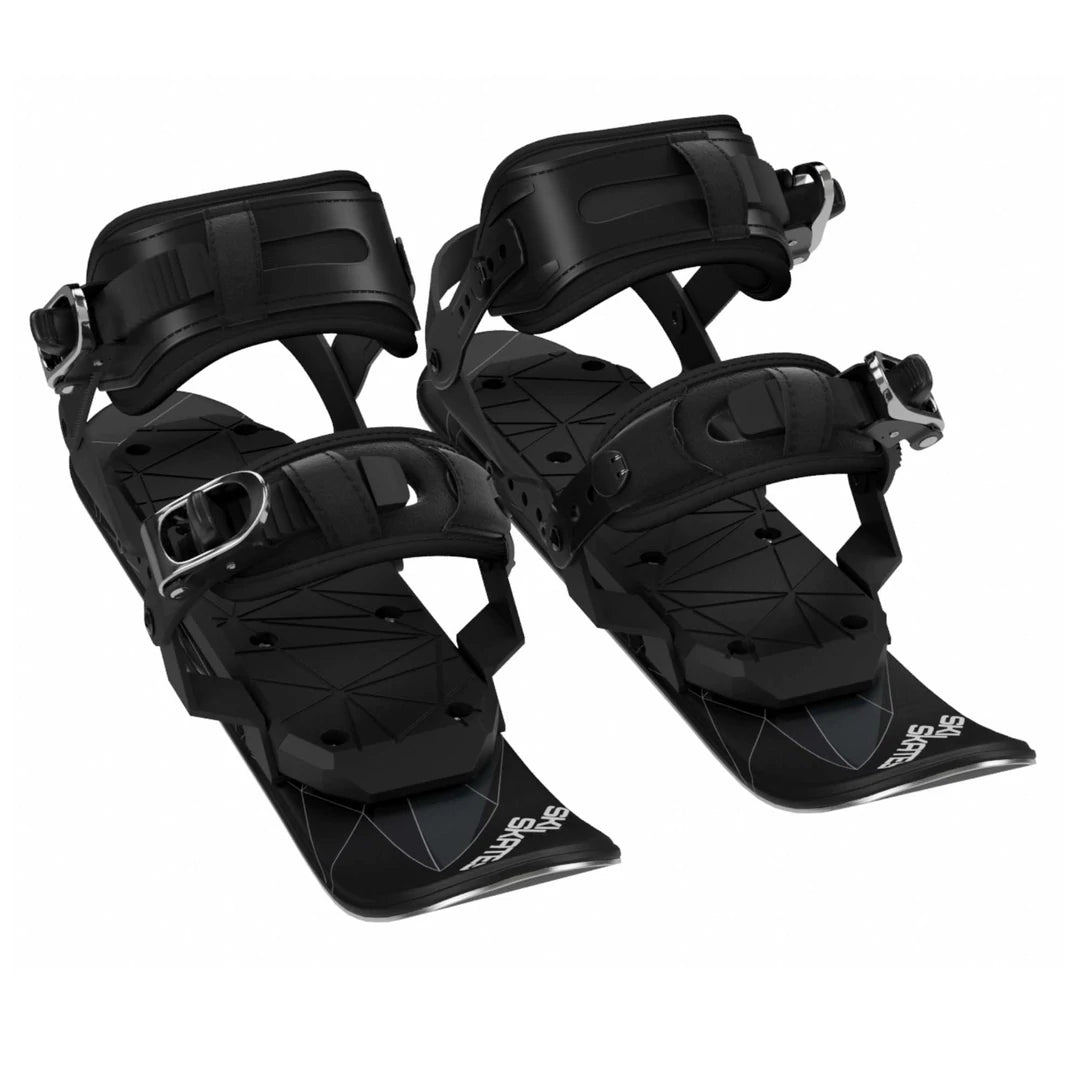
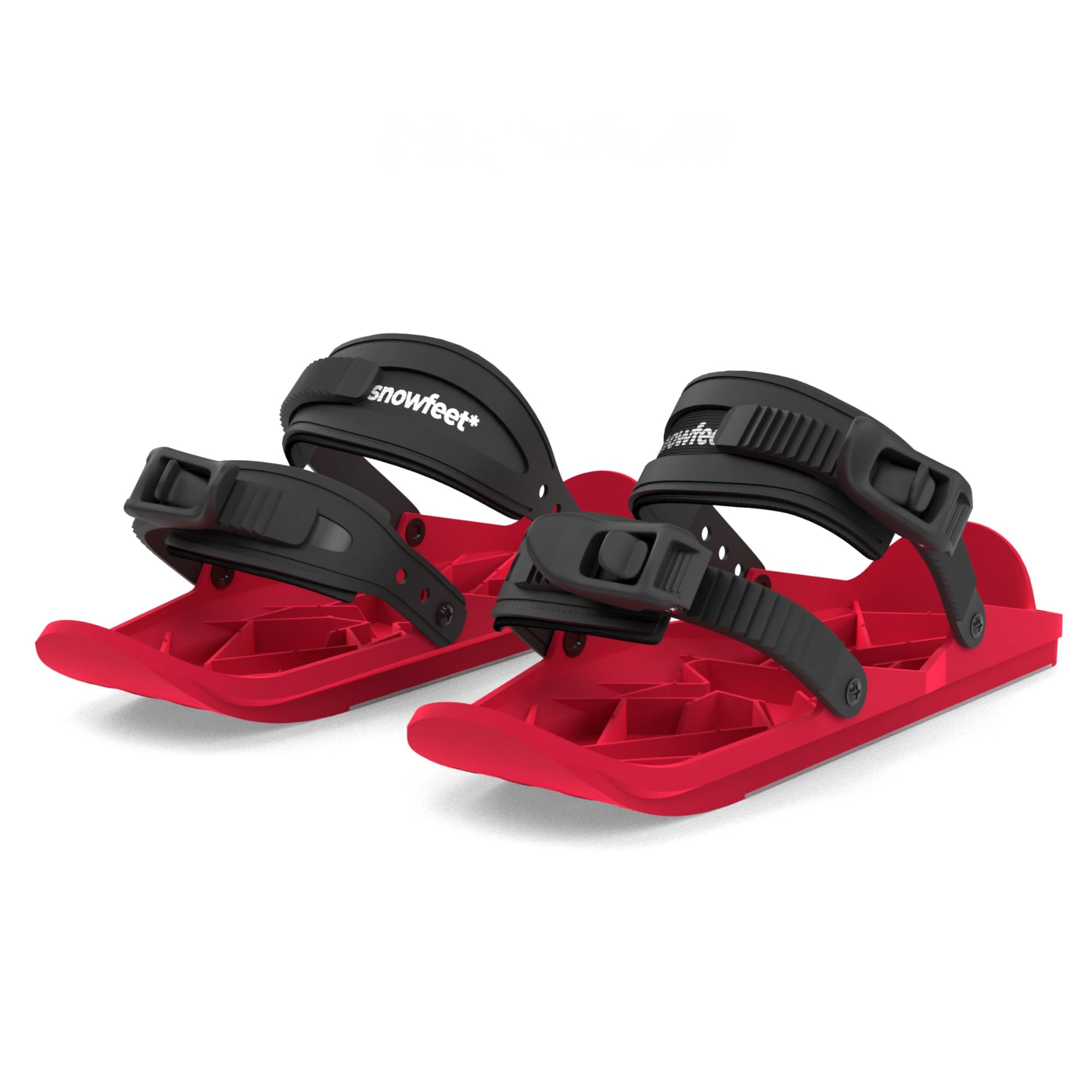





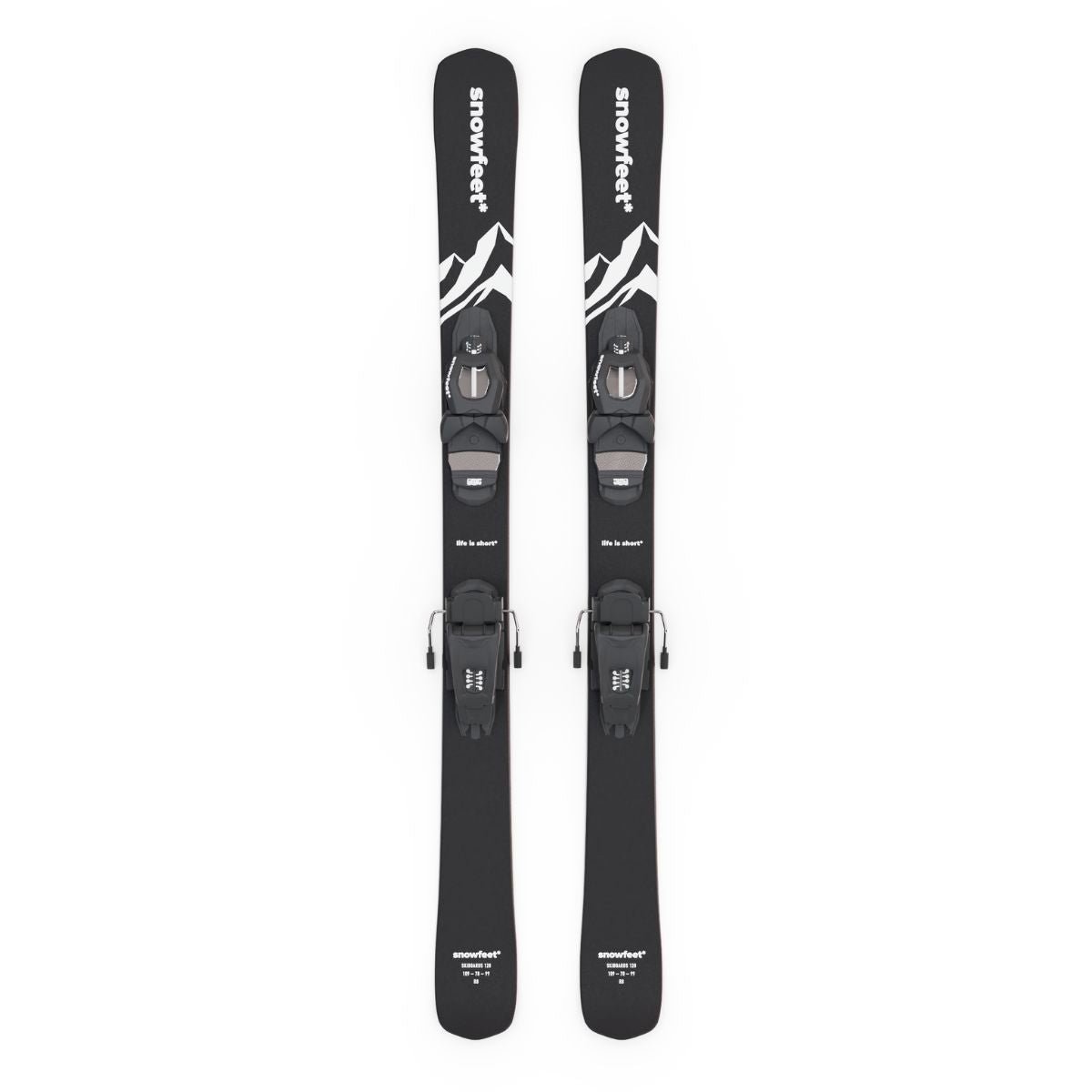
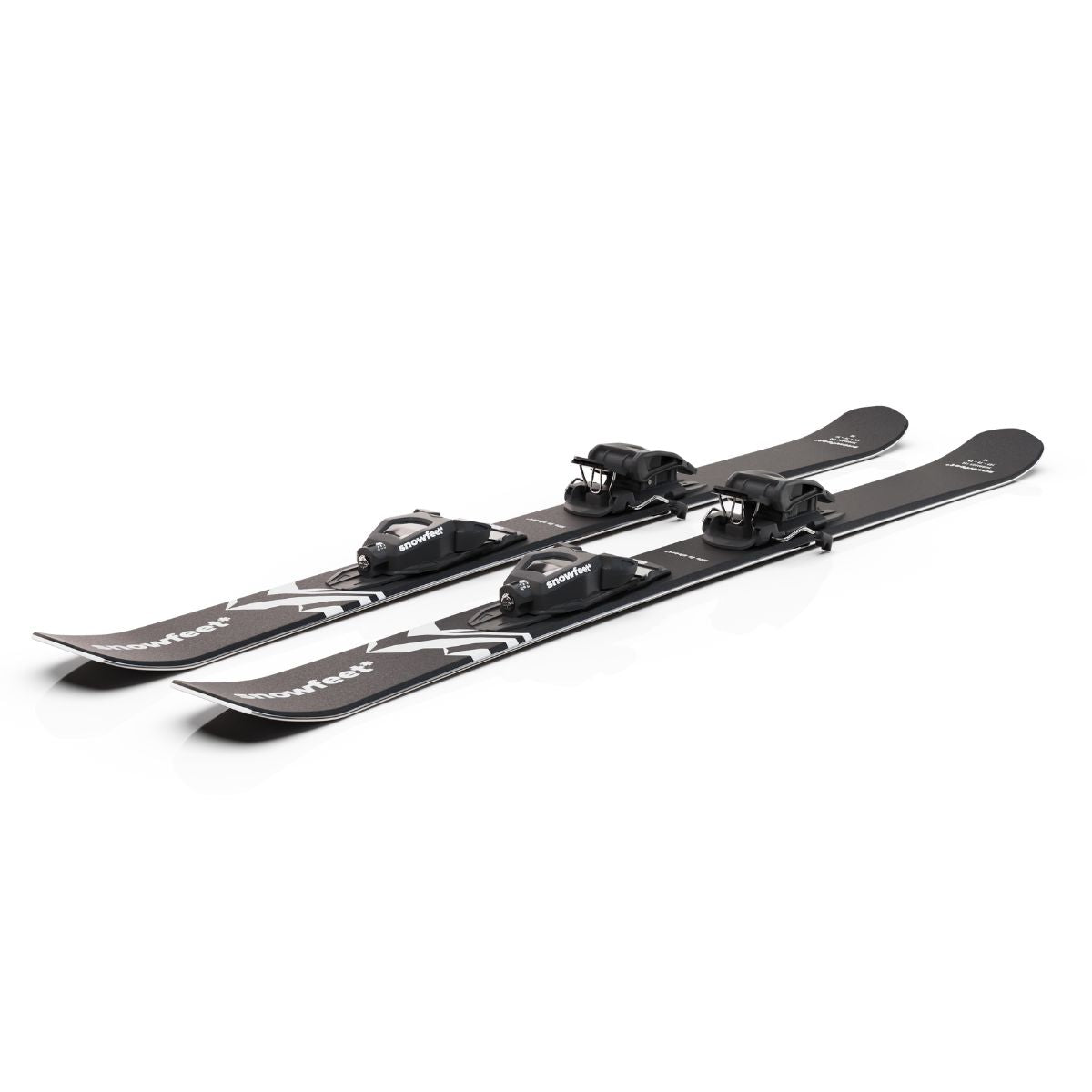
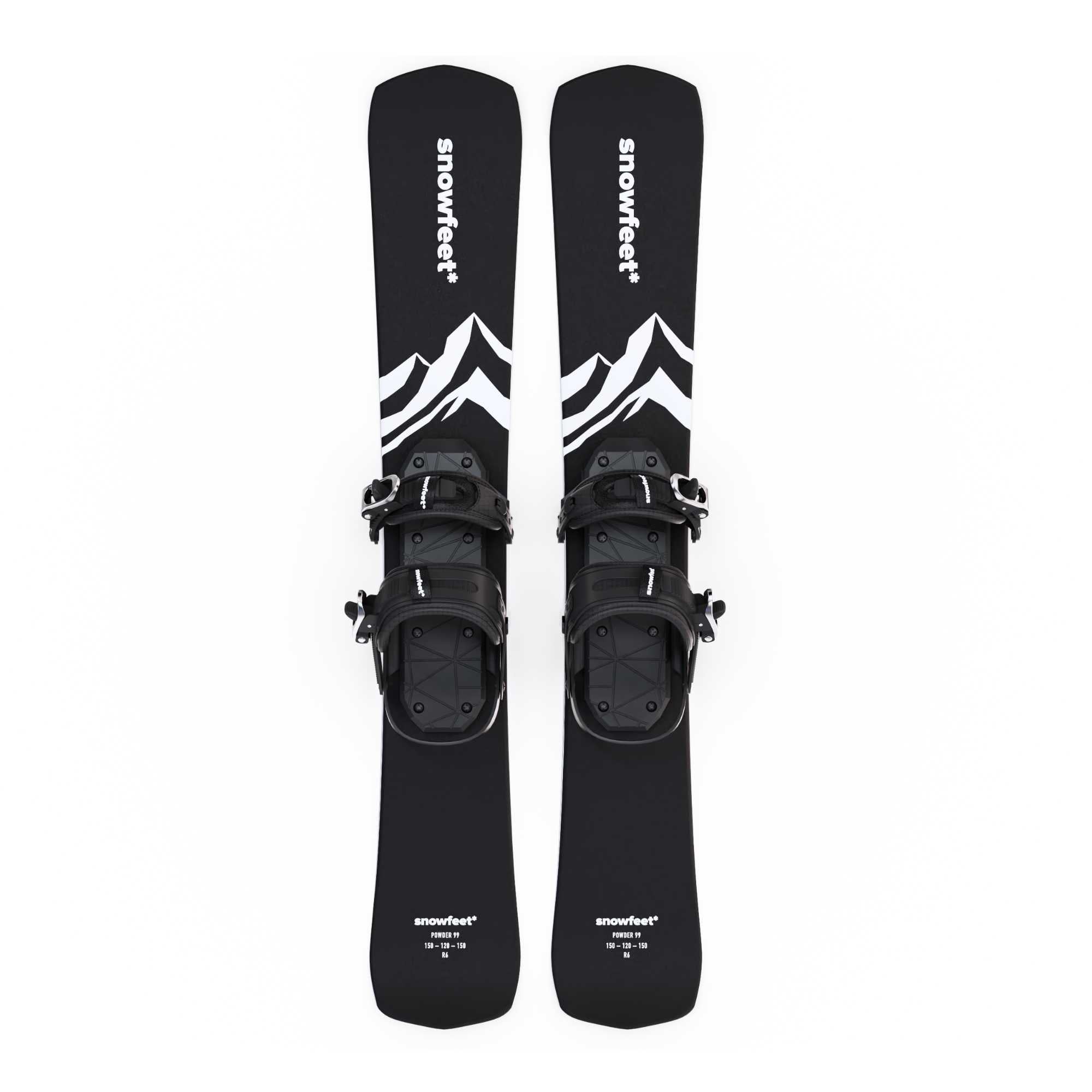
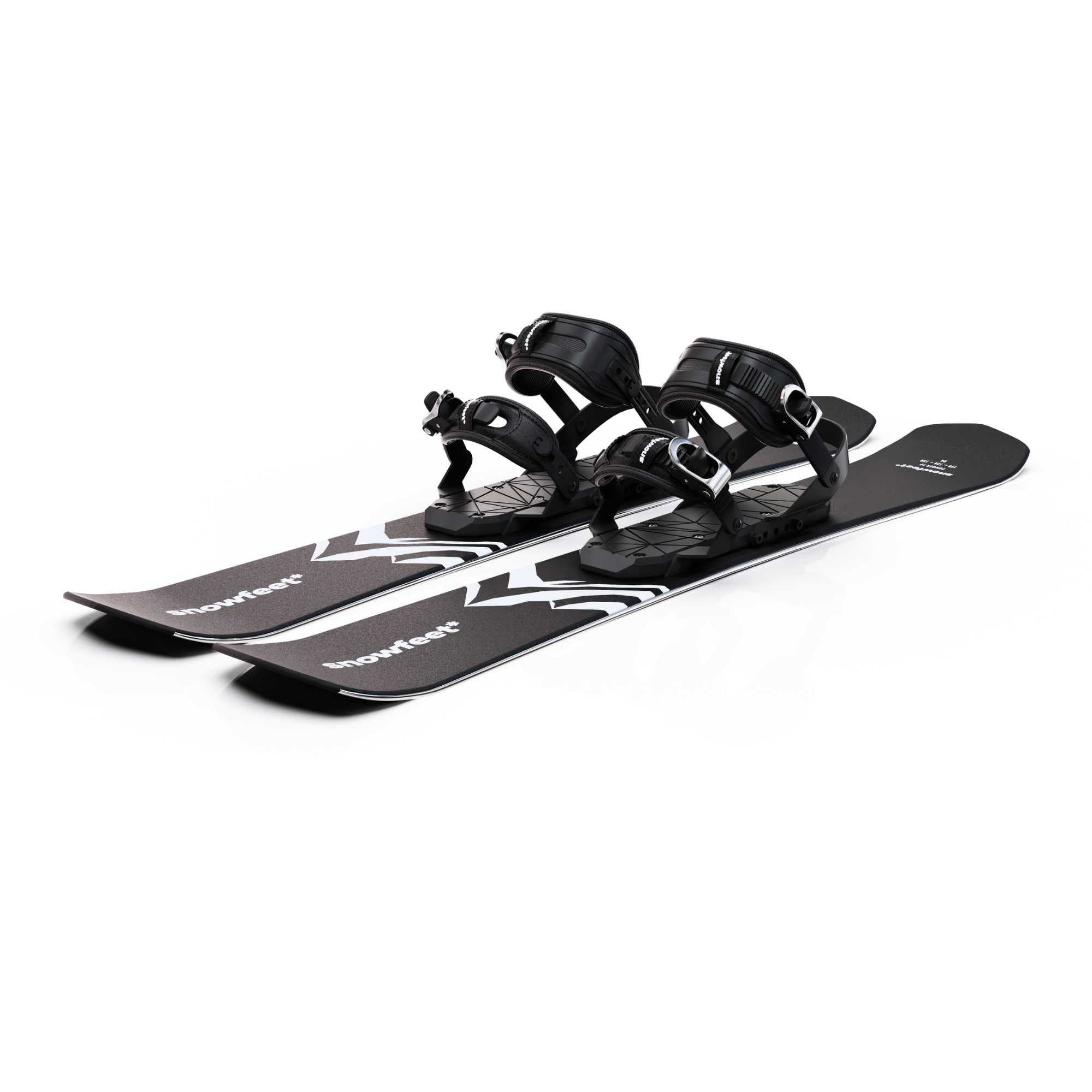
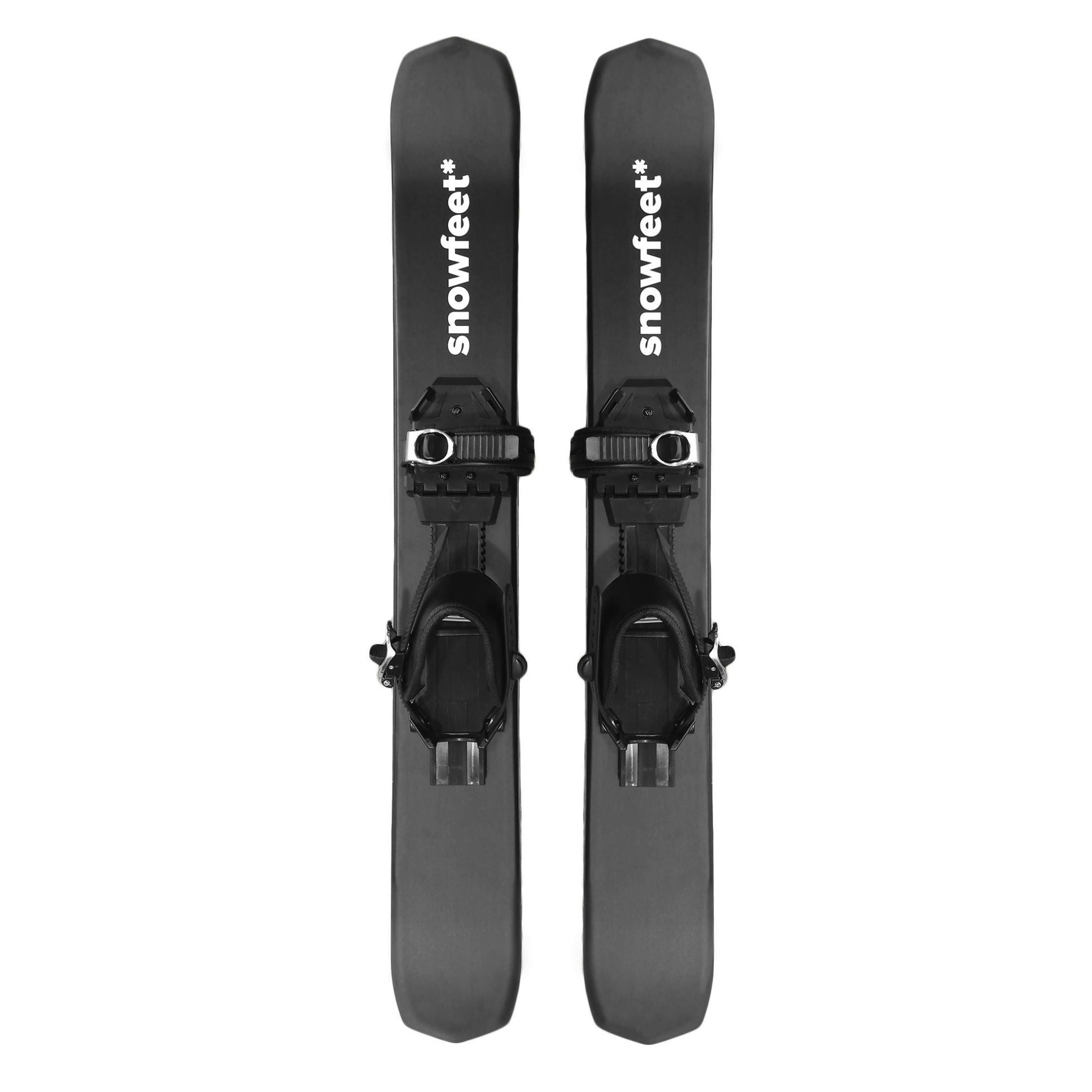
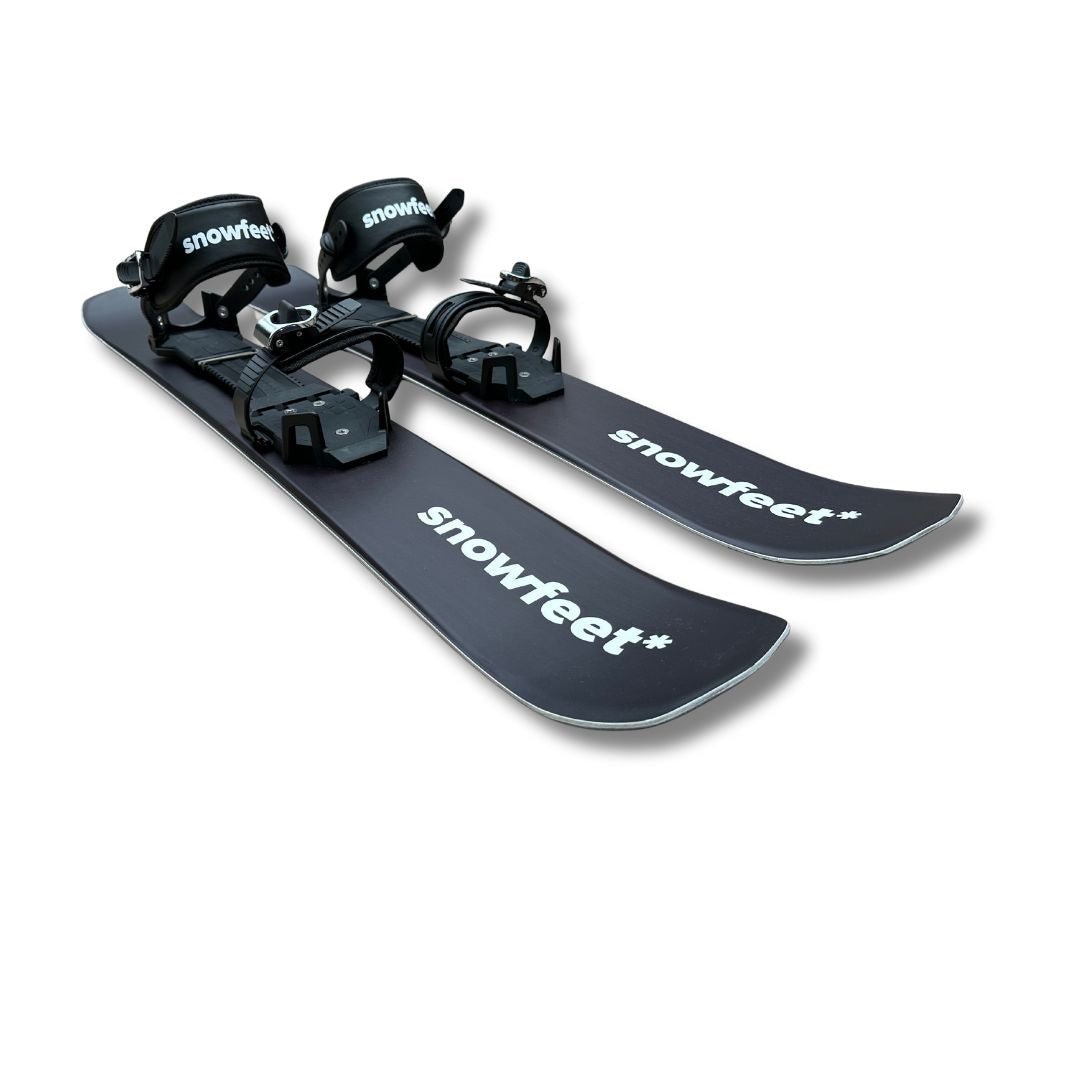
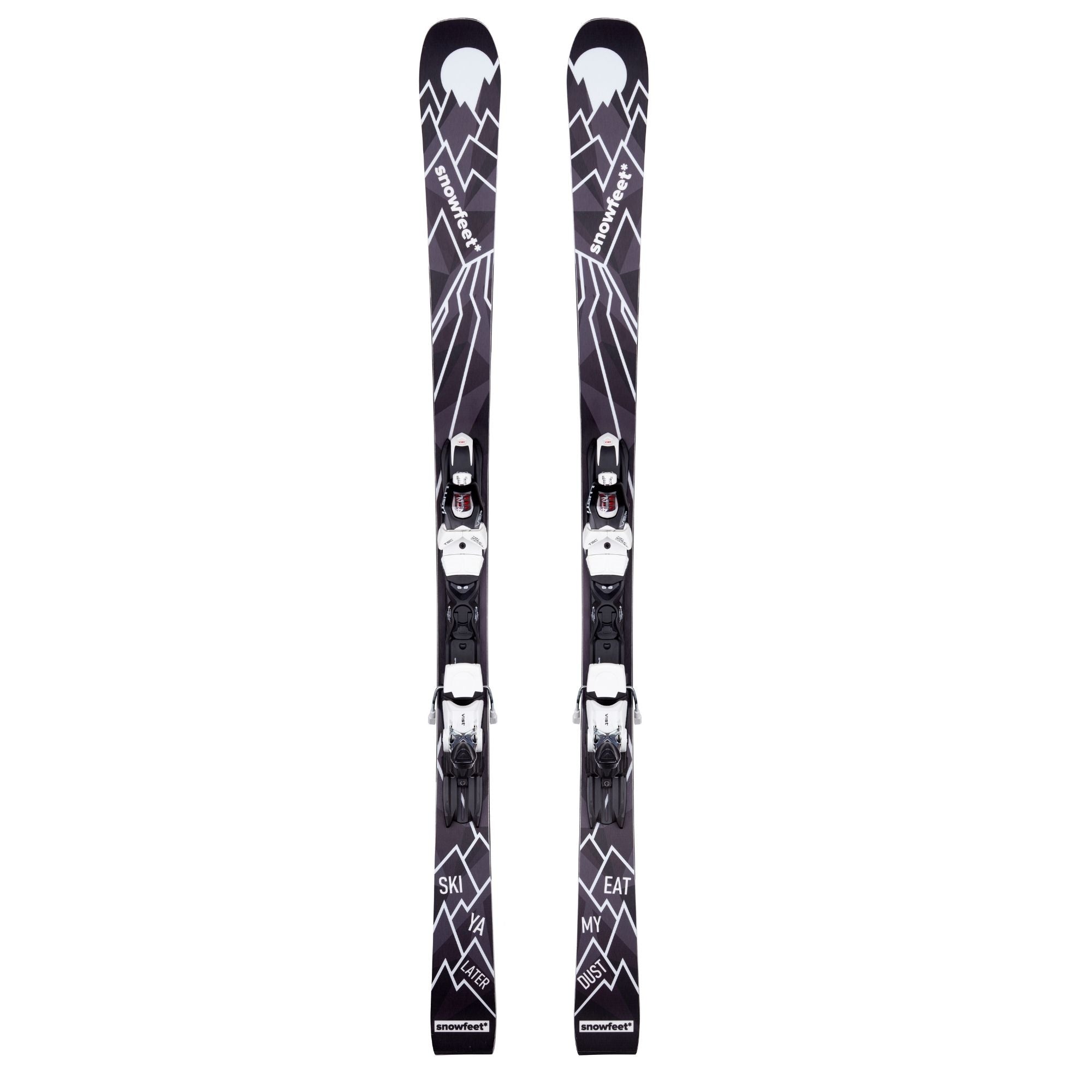
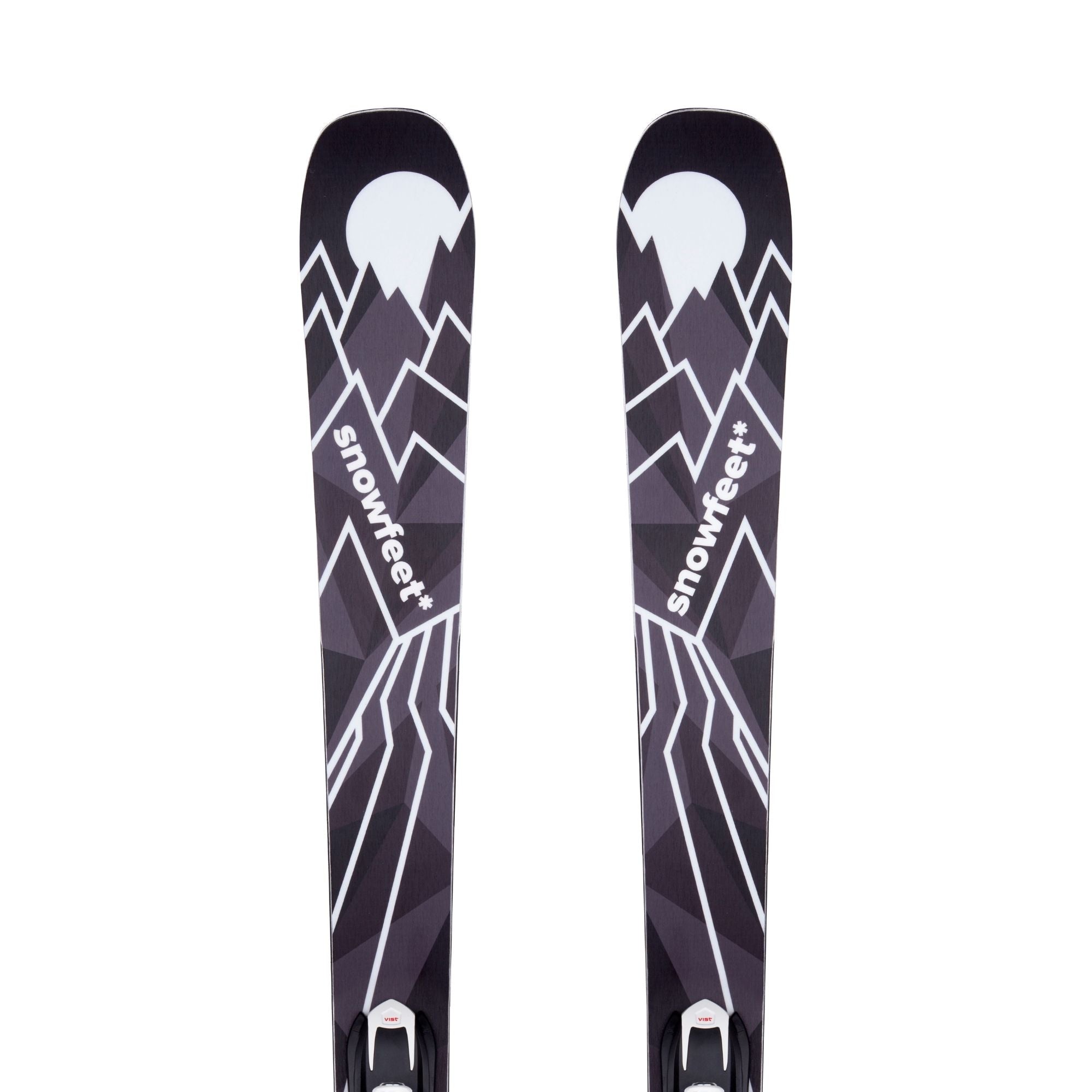
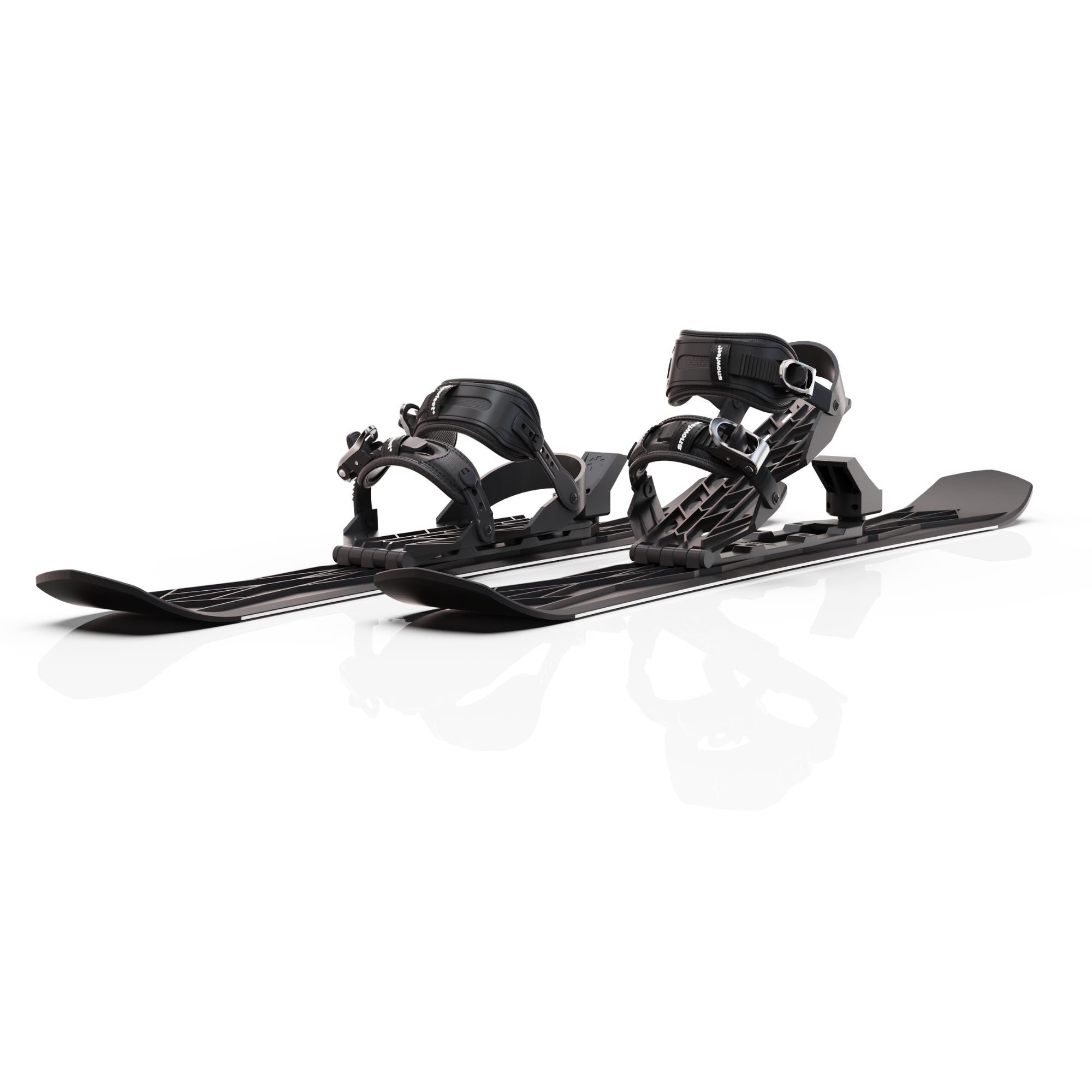

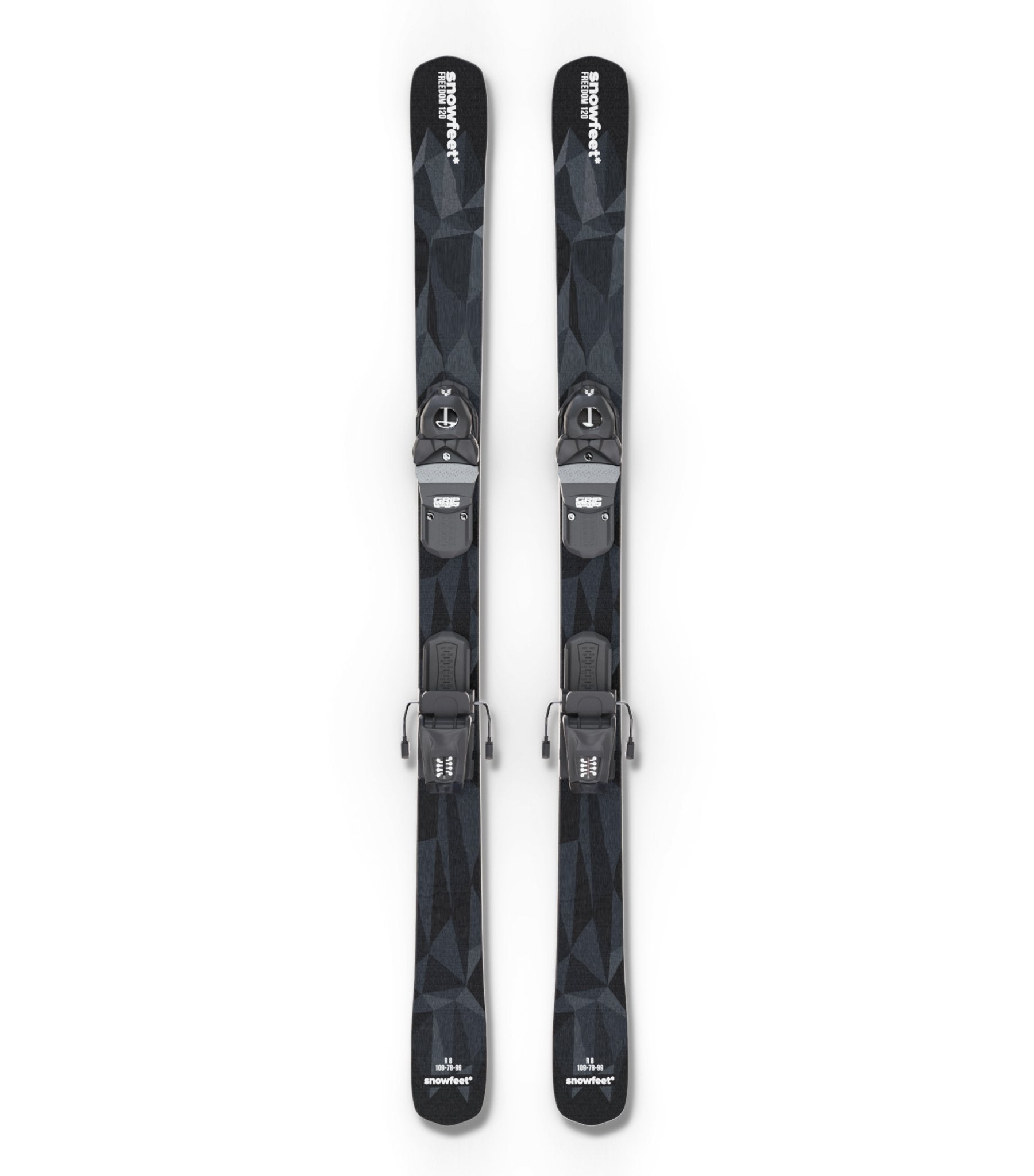
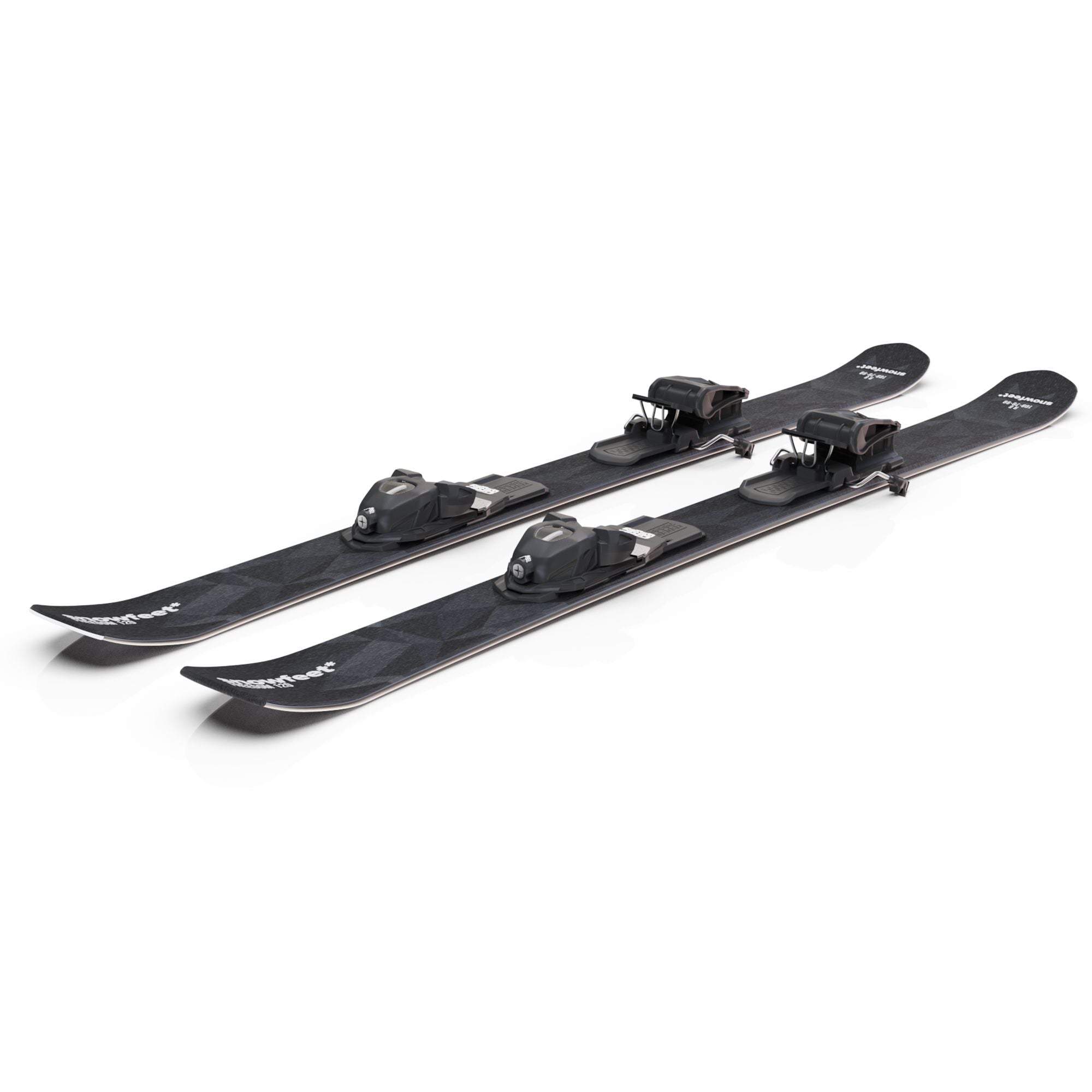
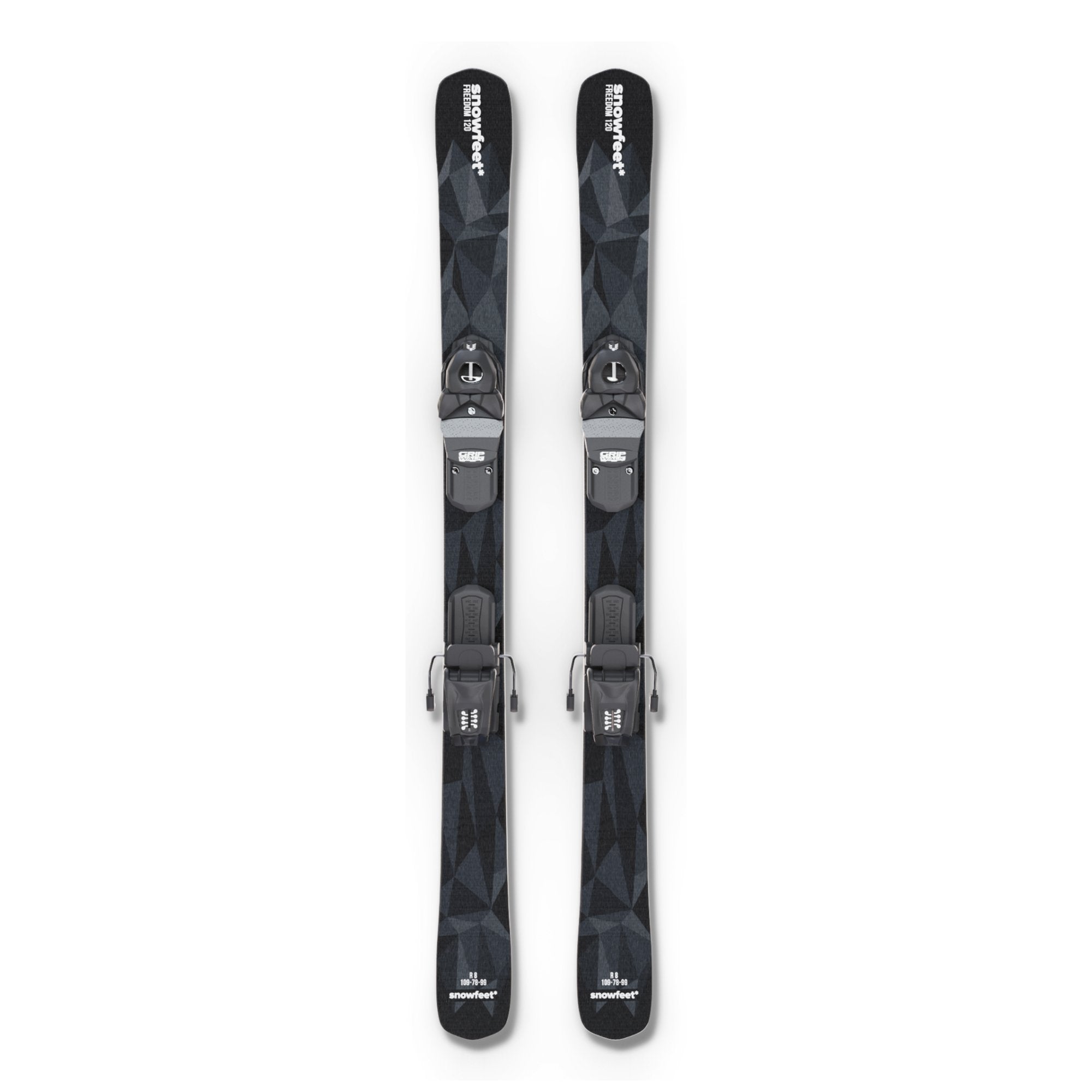
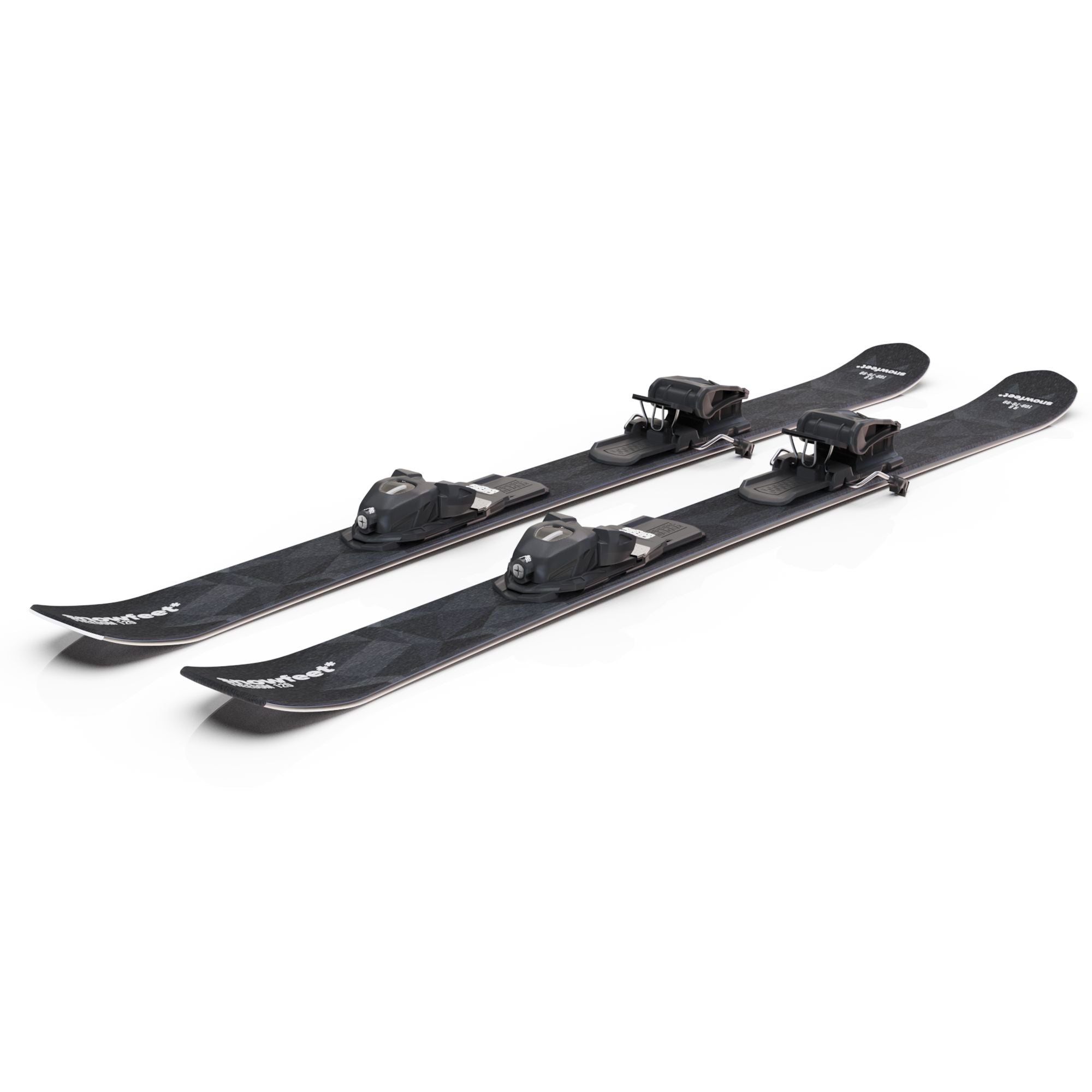
Commenta
Questo sito è protetto da hCaptcha e applica le Norme sulla privacy e i Termini di servizio di hCaptcha.